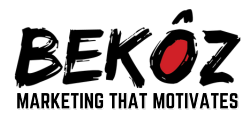Building Blocks for Your Brand
Consistency is key! The “Rule of Seven” states that an individual needs to see or hear something a total of seven times before it becomes memorable. Viewed items could include elements associated with a brand such as images, symbols, colors, text, and more. All elements that help your brand be ...
Read More

